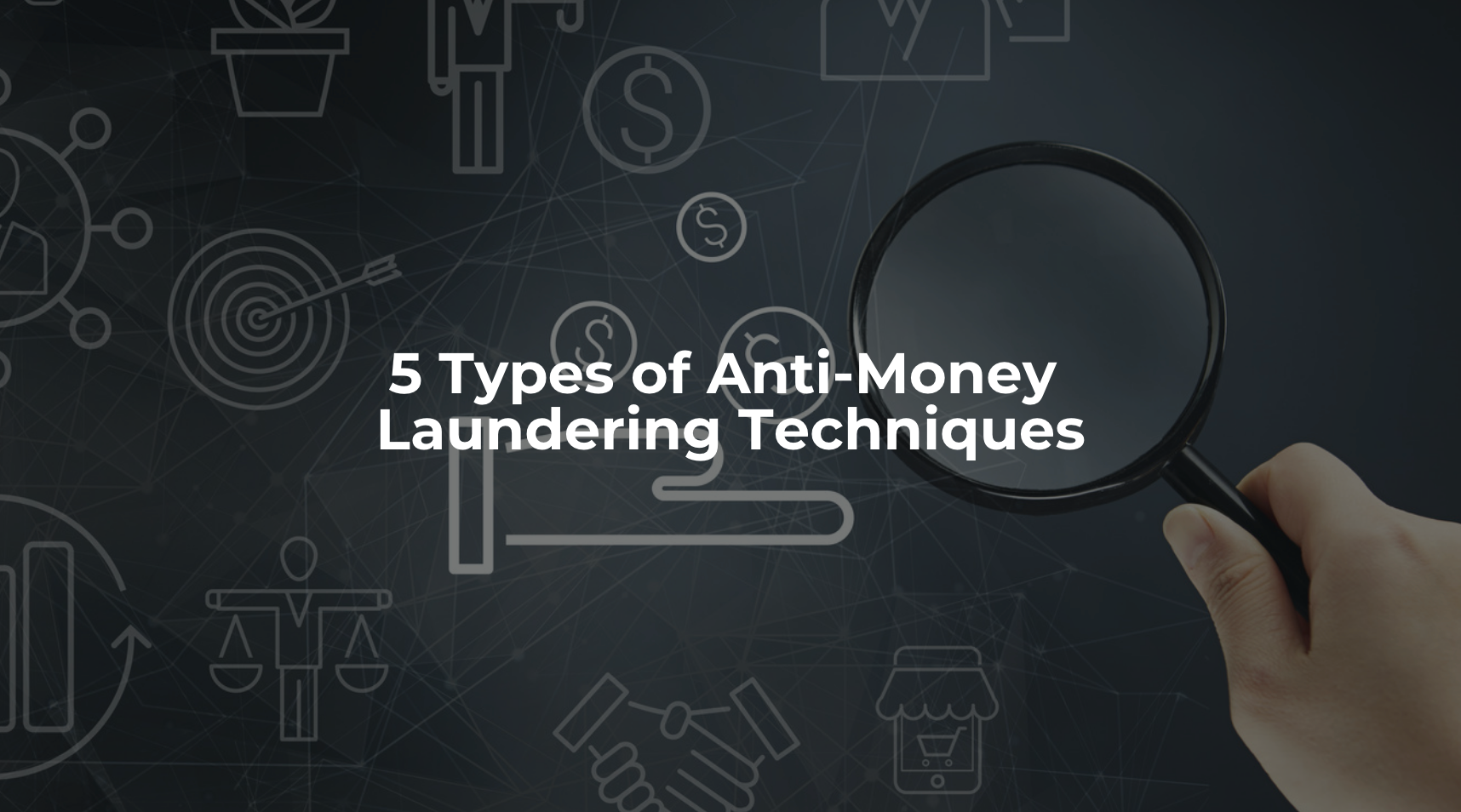Introduction
Money laundering refers to the process of transforming “dirty” money—proceeds from criminal activities—into “clean” money that can be freely used without raising suspicion. Criminals achieve this by creating a complex web of financial transactions that obscures the illicit origins of the funds. The integration stage plays a pivotal role in this process.
Layering and Integration Stages of Money Laundering
1. Layering
In the layering stage, criminals engage in a web of transactions to distance the funds from their illegal origins. This may involve transferring money between accounts, buying and selling assets, or creating fictitious transactions. The goal is to create confusion and complexity, making it difficult for authorities to trace the funds back to their source.
2. Integration
Integration is the final step, where the laundered funds are seamlessly merged with legitimate assets. Here’s how it works:
- Investments and Business Ventures: Criminals invest in legal businesses or purchase assets such as real estate, luxury goods, or stocks. By doing so, they blend their illicit gains with lawful wealth. For example, drug money might be used to buy a legitimate business, and the profits from that business become part of the clean funds.
- Financial Institutions: Criminals deposit the laundered money into bank accounts, often in multiple jurisdictions. They may use shell companies or nominee accounts to hide their ownership. The funds then mix with legitimate deposits, making detection harder.
- Trade Transactions: Criminals engage in international trade, using invoices and shipping documents to legitimize their transactions. For instance, they might overstate the value of goods or services to move money across borders.
- Real Estate: Purchasing real estate—especially high-value properties—provides an avenue for integration. Luxury properties can be bought using laundered funds, and subsequent sales generate clean money.
Methods of Integration
During the integration stage of money laundering, criminals employ various methods to blend illicit funds with legitimate assets. Let’s explore these methods in detail:
1. Real Estate Purchases
During the integration phase of money laundering, criminals utilize various strategies to merge their illicit earnings with established, legal assets. Among the most common of these techniques involves the purchase of real estate properties. Criminals use their illegal gains to buy high-value properties such as luxury homes, commercial buildings, or swaths of land. The payments made for these acquisitions usually blend together clean and tainted money, making it increasingly difficult for authorities to differentiate between the two.
Another popular method is property flipping, where criminals purchase undervalued properties, fund renovations to increase their value, and then sell them at a higher rate. The profits generated from these sales then enter the mainstream economy, effectively washing the illicit money.
2. Shell Companies
Shell companies play a pivotal role in the process of money laundering and are commonly used by criminals in the integration stage. These businesses, typically only existing on paper, are used to conceal the illicit origins of the criminals' earnings.
For example, the ownership of these shell companies can be set up in tax havens or jurisdictions known for their lax regulations. These companies can then hold bank accounts, real estate properties, or other valuable assets on the behalf of the criminals, thus concealing the true nature of their ownership.
Another technique frequently used is layering funds through a series of these shell companies. By continuously transferring money, the trail becomes more convoluted, making it increasingly difficult for investigators to trace back to the original source. The ultimate aim of this method is to reintroduce the laundered money back into the legitimate financial system, thoroughly obfuscating its illicit origins.
One notable real-life example of these methods in action was the infamous Danske Bank scandal. In this case, billions of dollars were laundered through the bank's Estonian branches using a network of shell companies. The bank failed to detect the suspicious transactions, highlighting the effectiveness of shell companies in money laundering operations.
3. Offshore Accounts
Offshore accounts are another compelling tool utilised by criminals during the integration stage of money laundering. Offering an enticing level of secrecy and anonymity, these accounts can be set up in countries known for their strict bank secrecy laws. This not only shields the identities of the criminals involved but also enables them to freely move their illicit funds on a global scale.
Once set up, these accounts act as a platform for layering and mixing the illicit money with legitimate transactions. The increasing complexity of the numerous transactions further complicates the process of detection for authorities.
A stark example of this method in action involves a corrupt politician who embezzled funds and stored them in offshore accounts. The secrecy provided by these accounts made it incredibly difficult for investigators to follow the money trail, consequently highlighting the effectiveness of offshore accounts as a tool for money laundering.
4. Investments in Legitimate Businesses
Another prevalent method of integration involves criminals investing their illicit funds into legitimate businesses, effectively washing their money through these avenues. This can be achieved through the acquisition of pre-existing businesses or the establishment of new ones. The profits generated from these ventures then blend with the laundered money, further muddying the waters for investigators and providing a facade of legitimacy.
In addition, the stock market presents another attractive opportunity for criminals to legitimize their illicit funds. By investing in stocks, bonds, or mutual funds, their illicit gains are merged with lawful investments, making it challenging for authorities to differentiate between the two.
A perfect illustration of this strategy can be seen in the actions of a drug cartel leader who invested his illicit earnings in a legitimate restaurant chain. The profits from the restaurant effectively became a part of the clean funds, demonstrating the alarming effectiveness of these methods in the integration stage of money laundering.
5. Cryptocurrencies
Under the umbrella of methods of integration, cryptocurrencies present unique issues and prospects. The relative anonymity provided by cryptocurrencies like Bitcoin opens a can of worms as they are frequently utilized by criminals for executing cross-border transactions, which are inherently challenging to trace. This issue gets further exacerbated by regulatory uncertainties surrounding these digital assets. The absence of precise regulations provides an open playing field for wrongdoers to misuse crypto exchanges for money laundering activities. This issue is not just theoretical but finds manifestation in real-life instances as well. For instance, ransomware attackers often demand payments in Bitcoin. This not only allows them to maintain their anonymity but also makes it considerably harder for authorities to track the money flow. Thus, while cryptocurrencies offer potential benefits, their integration also presents serious challenges.
Real-Life Money Laundering Examples
Let’s explore some real-life examples that highlight the integration stage of money laundering. These cases illustrate both successful criminal integration and instances where law enforcement agencies disrupted such attempts:
- Pablo Escobar and Real Estate Integration:
- Criminal: Pablo Escobar, the infamous Colombian drug lord, used real estate to integrate his illicit funds. He purchased numerous properties, including luxury estates, commercial buildings, and even entire neighborhoods. By doing so, he blended drug money with legitimate assets.
- Integration Method: Escobar’s real estate acquisitions allowed him to launder millions of dollars. The properties appeared legitimate, and their profits contributed to the clean funds pool.
- Outcome: Eventually, law enforcement seized many of Escobar’s properties, but his successful integration efforts remain a cautionary tale.
- The Hawala System and Informal Integration:
- Criminal Network: The hawala system is an informal money transfer system prevalent in South Asia, the Middle East, and North Africa. Criminals use it to move funds across borders without formal banking channels.
- Integration Method: In the hawala system, brokers facilitate transactions based on trust. Criminals deposit illicit funds with a hawala operator, who then instructs an associate in another country to pay the recipient. The funds are integrated into the recipient’s legitimate finances.
- Outcome: While the hawala system has legitimate uses, it has also been exploited for money laundering. Law enforcement agencies worldwide work to disrupt these networks.
- The BCCI Scandal and Shell Companies:
- Criminal Institution: The Bank of Credit and Commerce International (BCCI) was a global bank involved in money laundering.
- Integration Method: BCCI facilitated money laundering through shell companies. Criminals opened accounts in the bank, which then moved funds through a complex web of shell companies. These fictitious entities obscured the trail, making detection difficult.
- Outcome: Eventually, BCCI faced legal action, and its operations were shut down. The case highlighted the importance of monitoring shell companies.
Anti-Money Laundering (AML) Compliance
The Significance of AML Regulations
Anti-Money Laundering (AML) regulations play a critical role in detecting and preventing money laundering, including the integration stage. Here’s why they matter:
- Detection and Prevention: AML regulations require financial institutions to implement robust controls and monitoring mechanisms. By scrutinizing transactions, institutions can identify suspicious patterns indicative of money laundering.
- Risk Mitigation: Compliance with AML rules helps mitigate the risk of unwittingly facilitating criminal activities. Financial institutions must know their customers, monitor their behavior, and report any anomalies.
- Legal Obligations: AML compliance is not optional—it’s a legal requirement. Institutions failing to comply face severe penalties, including fines and loss of reputation.
Monitoring Transactions and Reporting Suspicious Activity
Financial institutions employ several methods to monitor transactions:
- Transaction Monitoring Systems: These automated systems analyze transaction data in real time. They flag unusual patterns, large cash deposits, or sudden changes in behavior.
- Customer Due Diligence (CDD): Institutions verify customer identities, assess risk, and continuously monitor their activities. Enhanced due diligence applies to high-risk customers.
- Know Your Customer (KYC): KYC procedures ensure institutions understand their customers’ financial behavior and can detect deviations.
When suspicious activity is detected, institutions file Suspicious Activity Reports (SARs) with regulatory authorities. SARs provide details about the suspicious behavior, allowing authorities to investigate further.
TrustDecision’s Role in Combatting Money Laundering
1. Decision Intelligence Technology
TrustDecision leverages cutting-edge decision intelligence tools. These technologies analyze vast amounts of data, identify patterns, and enhance risk assessment. By integrating AI and machine learning, TrustDecision detects potential money laundering activities.
2. Anti-Fraud and Compliance Solutions
TrustDecision offers comprehensive anti-fraud and compliance solutions. These include:
- Transaction Monitoring: Real-time monitoring of transactions to identify suspicious behavior.
- Customer Risk Profiling: Assessing customer risk levels based on behavior, geography, and other factors.
- Automated Reporting: Streamlining SAR filing processes.
3. Global Reach and Client Impact
TrustDecision collaborates globally with financial institutions, offering scalable solutions adaptable to different regulatory environments. This partnership enhances institutions' Anti-Money Laundering capabilities, protects reputations, and contributes to a safer financial system. TrustDecision also maintains a large database of 7 billion devices globally, allowing accurate risk assessments and detection of suspicious activities. Furthermore, they process data from 200 million daily active users, ensuring real-time monitoring and prompt responses to potential threats, ultimately showing their extensive global reach and impact on client institutions.
Conclusion
The integration stage in money laundering is pivotal. Criminals use sophisticated methods to blend illicit funds with legitimate assets, making detection challenging. To combat financial crime effectively, robust Anti-Money Laundering (AML) measures are essential:
- AML Compliance: Financial institutions must adhere to AML regulations, implement transaction monitoring systems, and file Suspicious Activity Reports (SARs).
- Decision Intelligence: Cutting-edge technologies like decision intelligence enhance risk assessment and detection.
- Global Collaboration: Partnerships between institutions and solutions providers, such as TrustDecision, contribute to a safer financial system.
Remember, staying informed and vigilant is crucial in the ongoing battle against money laundering.






.jpeg)
.jpeg)
.jpeg)





